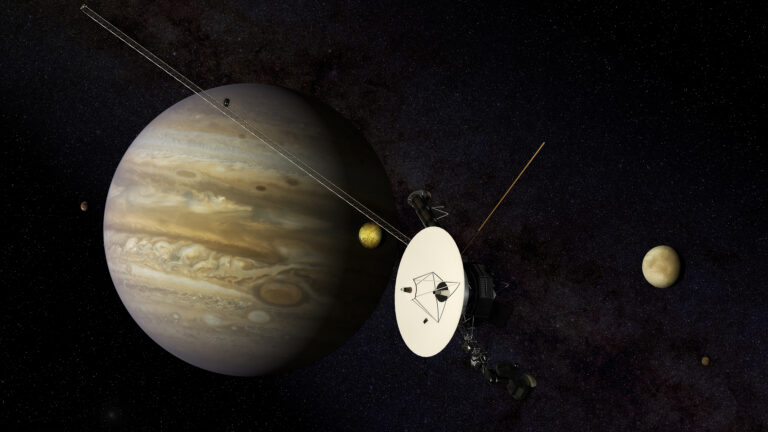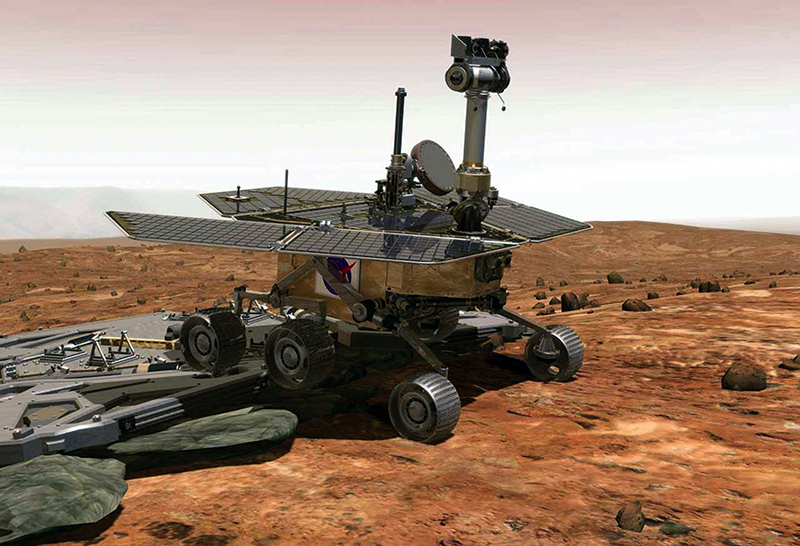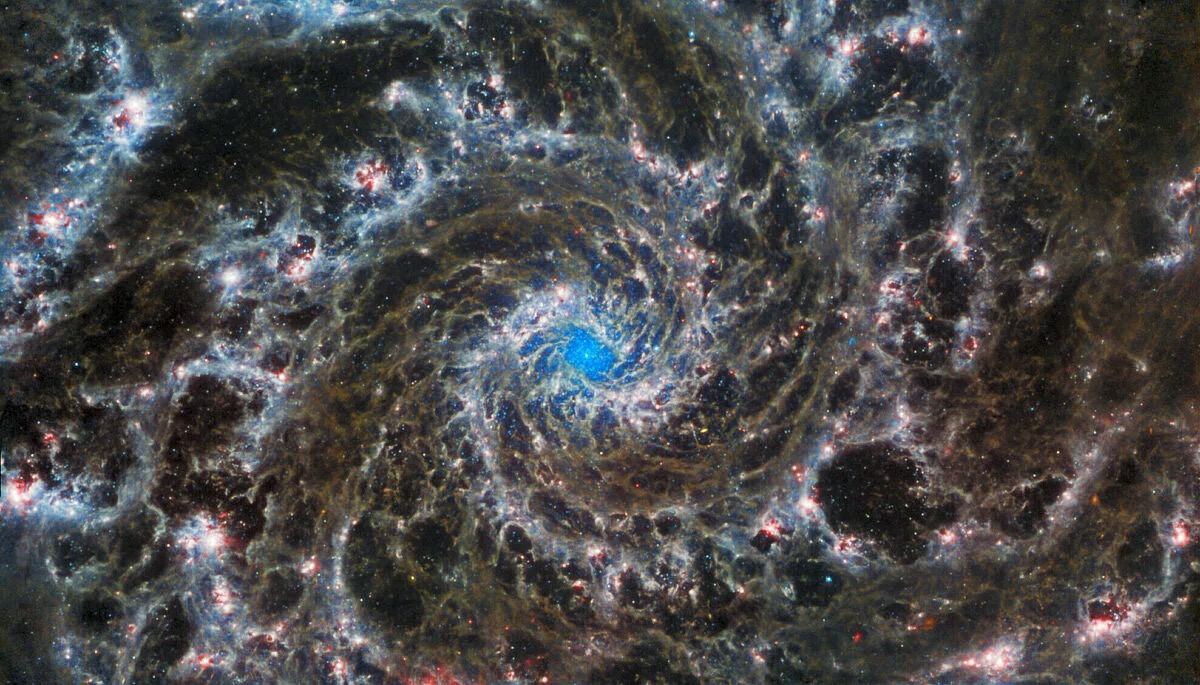
Key Takeaways:
- JWST revealed surprisingly bright and large galaxies forming very early in the universe's history.
- It discovered supermassive black holes much earlier than previously thought possible.
- JWST detected unexpected amounts of dust in young galaxies, hinting at early star formation processes.
- “JWST has confirmed the higher value [of the Hubble constant] to much better precision.” said an anonymous astronomer.
The ground in French Guiana literally shook as the rockets on the Ariane 5 launch vehicle ignited the morning of Dec. 25, 2021. The roar signaled the start of the James Webb Space Telescope’s (JWST) month-long journey to its current home some 930,000 miles (1.5 million kilometers) from Earth. Although it took scientists and engineers an additional five months to get the 6.5-meter telescope ready for action, the wait was worth it. In the two years since its launch, JWST has transformed our view of the universe.
Here’s one person’s take on the observatory’s top 10 discoveries to date. Not wanting to play favorites, I’ve organized the list by distance, from far away to our cosmic neighborhood.
Big, bright galaxies at cosmic dawn
Before JWST, astronomers thought galaxies began as small clouds of gas, dust, and stars that gradually grew into the island universes we see today. But the telescope’s ability to see infrared radiation allows it to peer farther into space, and thus further back in time, to when galaxies first formed. JWST has found several of these youngsters that date to within 500 million years of the Big Bang, and they are much brighter than anyone expected. The galaxies could be more efficient at creating stars than predicted, churning out massive stars at a higher rate, or — most intriguingly — more massive than astronomers believed possible. Scientists also have found more advanced structures in some spiral galaxies around “cosmic noon,” when the universe was 2 billion to 3 billion years old and making stars at their greatest rate.
Early supermassive black holes
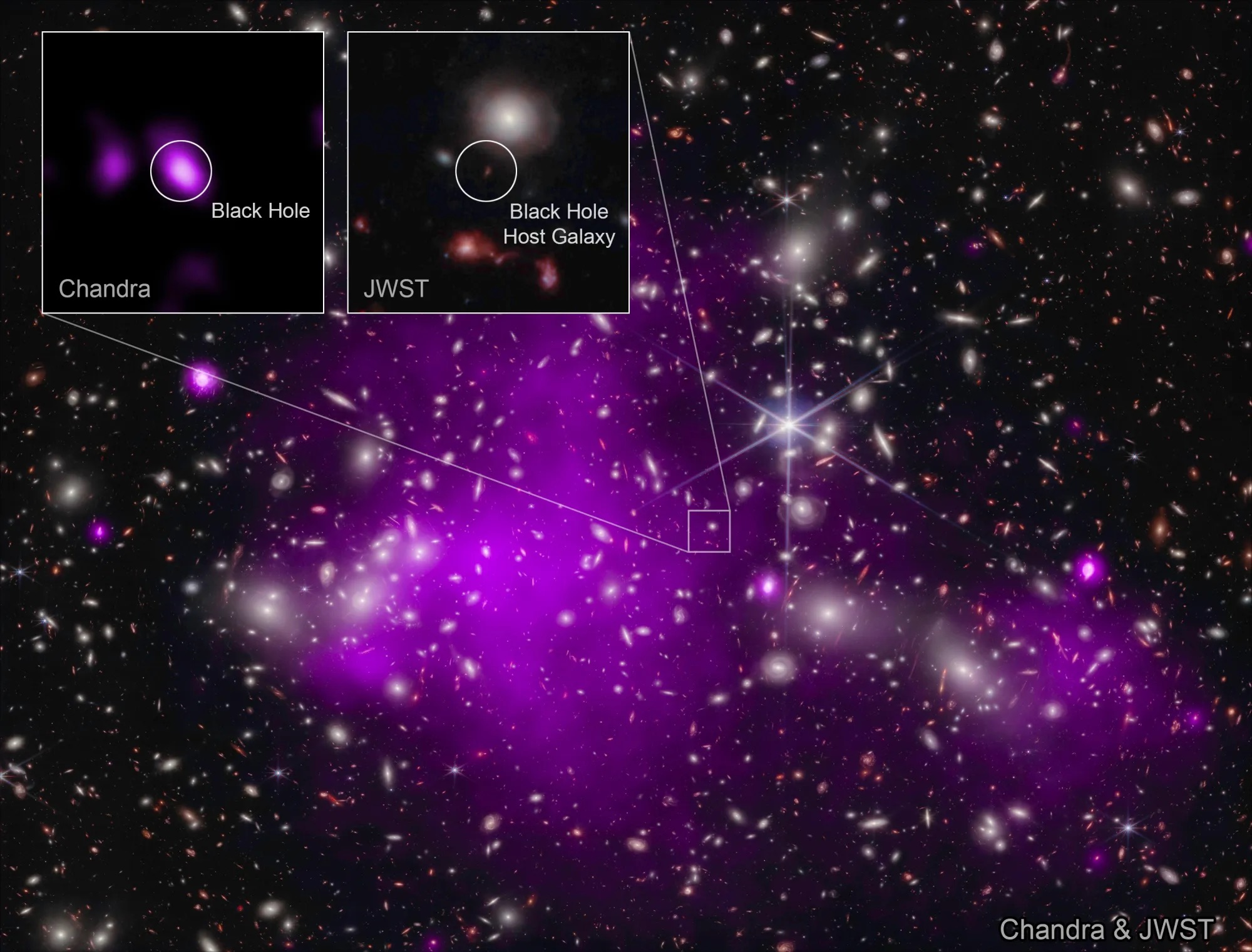
Credit: X-ray: NASA/CXC/SAO/Ákos Bogdán; Infrared: NASA/ESA/CSA/STScI; Image Processing: NASA/CXC/SAO/L. Frattare & K. Arcand
Everyone knows that black holes grow as they devour passing stars and clouds of gas and dust. So, it comes as a surprise to find supermassive black holes (SMBHs) lurking in the early universe when they haven’t had much time to chow on their surroundings. JWST has discovered several black holes weighing about 1 billion solar masses dating to 800 million years after the Big Bang. Perhaps even more importantly, the telescope has turned up much smaller SMBHs, with masses from 1 million to tens of millions of Suns, at even earlier times. This could provide astronomers with enough data to figure out how these behemoths evolve.
Dust in the universe’s youth
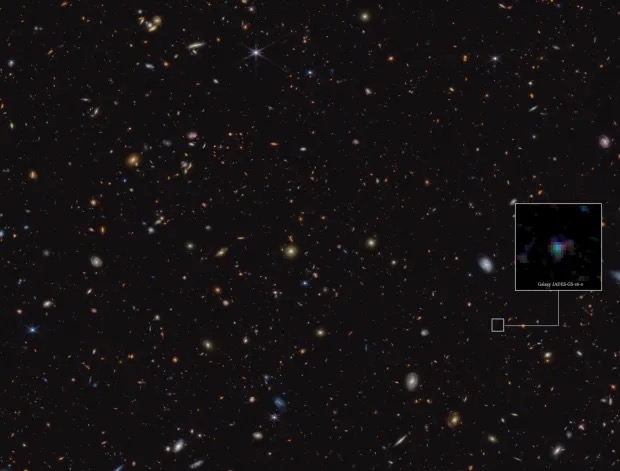
Dust appears all around us: in fluffy bunnies lurking under our beds, in dark clouds blocking our view of the Milky Way, and as signatures in the spectra of distant galaxies. Most dust contains carbon, so it’s a relative latecomer to the cosmos because early stars had to forge the element from their initial supplies of hydrogen and helium. Yet JWST has found dust in a galaxy just 1 billion years after the Big Bang. The dust has a unique chemical fingerprint, suggesting it may be a mix of graphite- or diamond-like grains created in the earliest stars. It opens a new window into dust production and galaxy formation.
Tightening cosmic tension
Few numbers in astronomy are more important than the Hubble constant — the expansion rate of the universe. The European Space Agency’s Planck spacecraft combined observations of the cosmic background radiation with the standard model of cosmology to nail its value at 67 km per second per megaparsec. Observations of Cepheid variable stars and Type Ia supernovae made with the Hubble Space Telescope and other instruments show a higher value — about 73 km/s/Mpc — creating the so-called Hubble tension. JWST has now confirmed this higher value to much better precision. The discrepancy between the two methods suggests that scientists are missing something in how the universe works or have made multiple errors in their measurements that all act in the same direction.
Studying star formation in detail
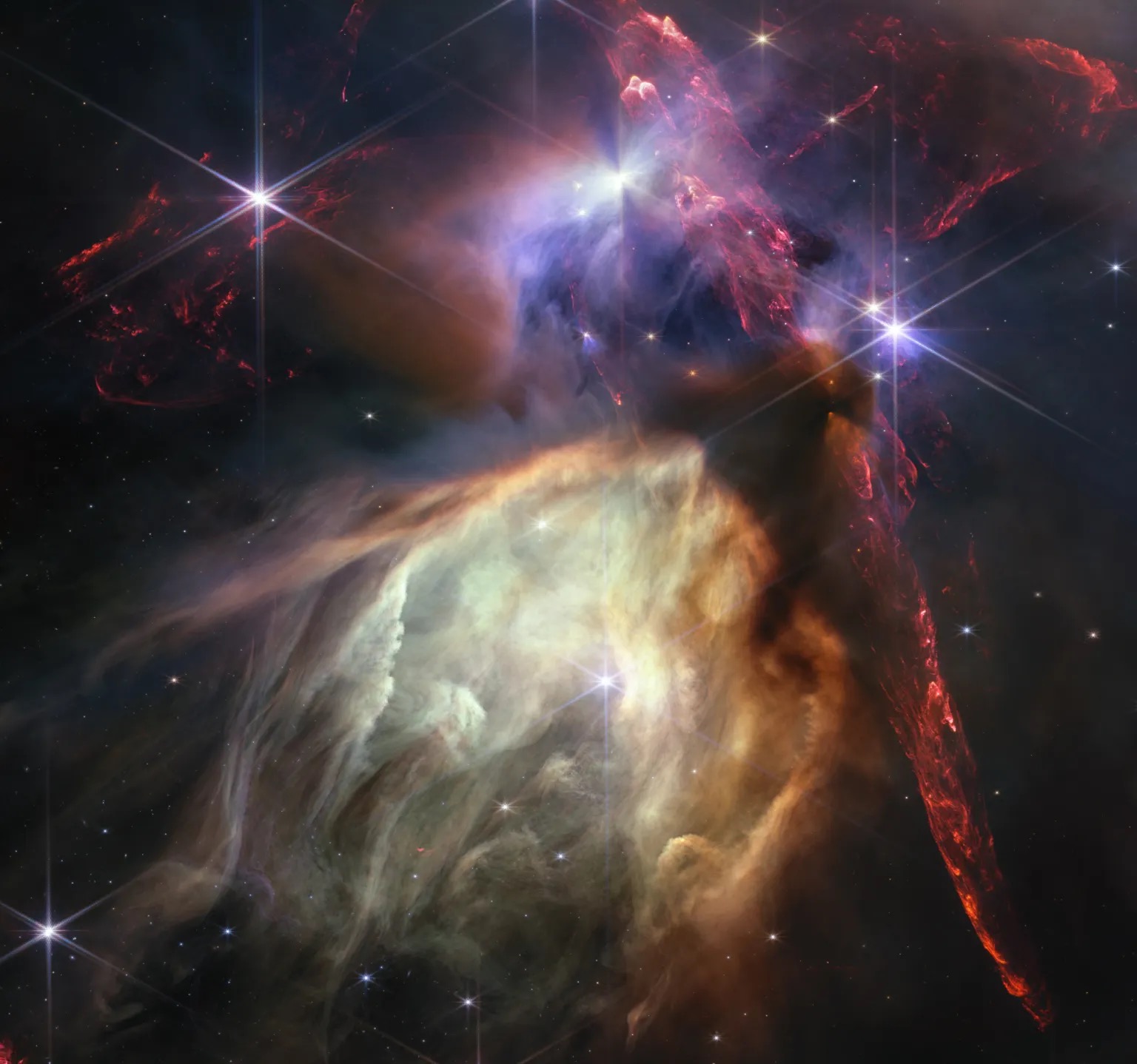
Stars form in dense clouds of gas and dust. Unfortunately, dust blocks visible light, shielding much of the process from view. But the infrared radiation JWST sees penetrates dust, opening a new window into star birth. For example, it has revealed thousands of new stars buried deep within the Eagle Nebula (M16) that Hubble couldn’t reach. And JWST also showed remarkable detail in a section of the nearby Rho Ophiuchi complex. The telescope’s images have revealed dozens of young low-mass stars as well as the jets they emit, which light up surrounding clouds of molecular hydrogen.
A dusty supernova remnant
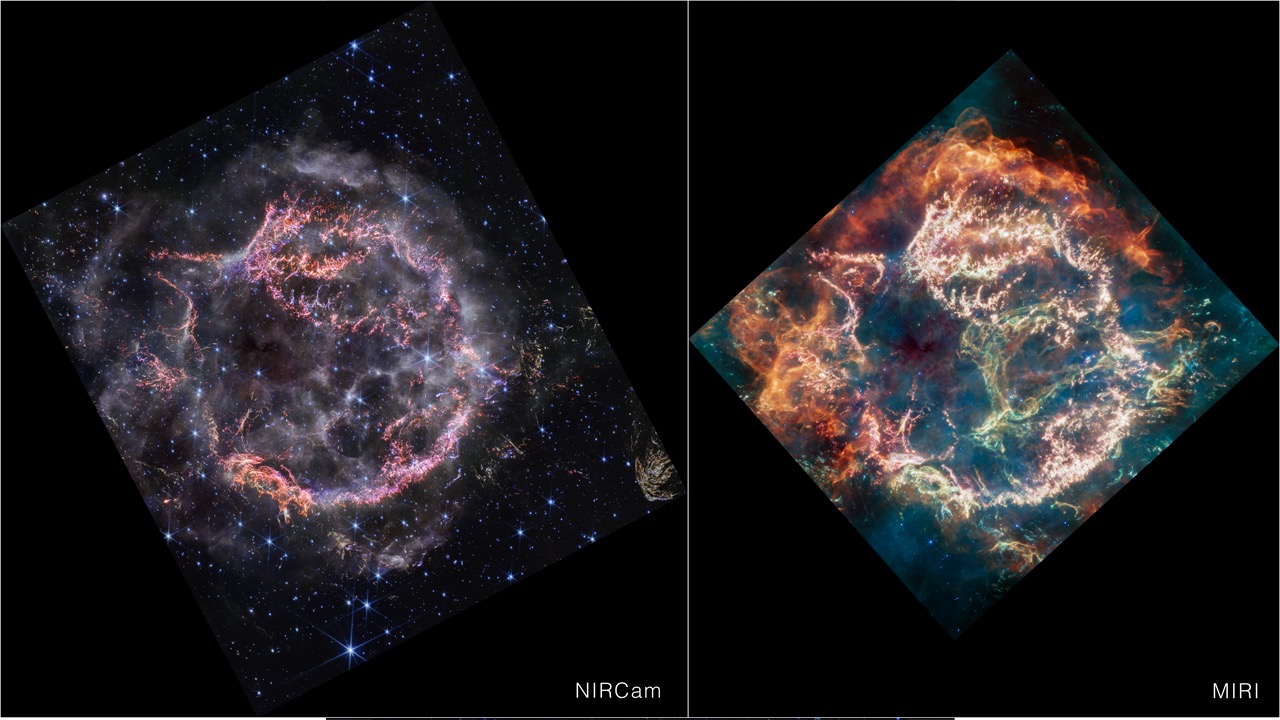
Just 340 years ago, light from an exploding star first reached Earth. Today, we see this supernova’s remnant, known as Cassiopeia A (Cas A), as a 10-light-year-wide debris shell. Cas A’s stunning beauty in the infrared comes from wispy tendrils of gas and the soft glow of warm dust. The dust intrigues astronomers because it is a basic building block of planets and life. They suspect most cosmic dust forms from the heavy elements supernovae eject, though previous studies couldn’t explain the amount of this material seen in early galaxies. Scientists hope JWST’s observations of Cas A and other supernova remnants can shed more light on its creation.
A JuMBO surprise
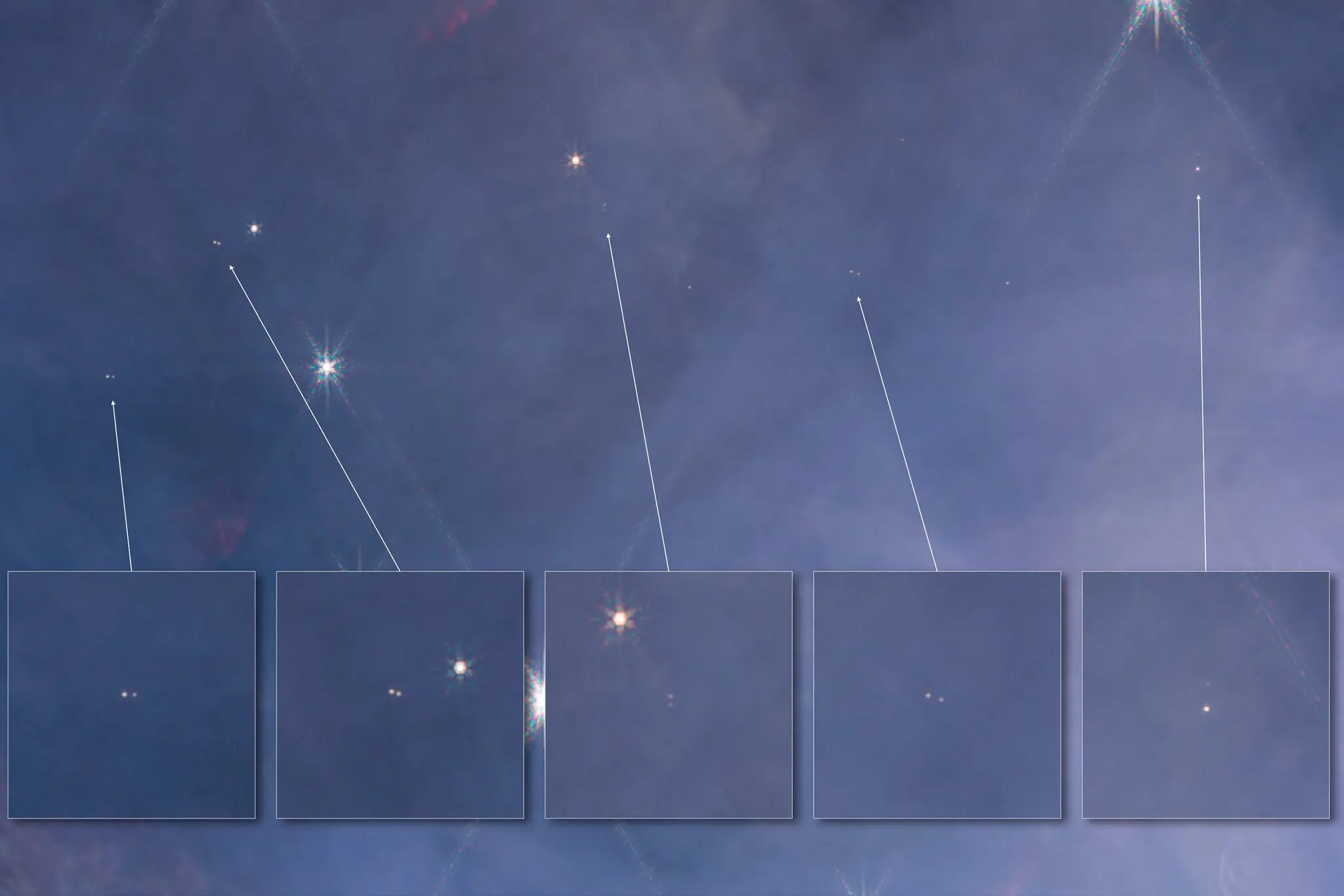
Deep in the heart of the Orion Nebula (M42) lie at least 40 planet-sized objects with a binary companion. Dubbed JuMBOs (short for Jupiter-Mass Binary Objects), the bodies defy all expectations. Although many stars have companions, astronomers didn’t think planetary-mass objects could. No star-formation theory can create objects this small, and if they develop in circumstellar disks like planets do, they shouldn’t be able to survive a forceful ejection. Astronomers likely will need to revise their ideas about star or planet formation, or come up with a new theory for creating these JuMBOs.
A molecular exoplanet revolution
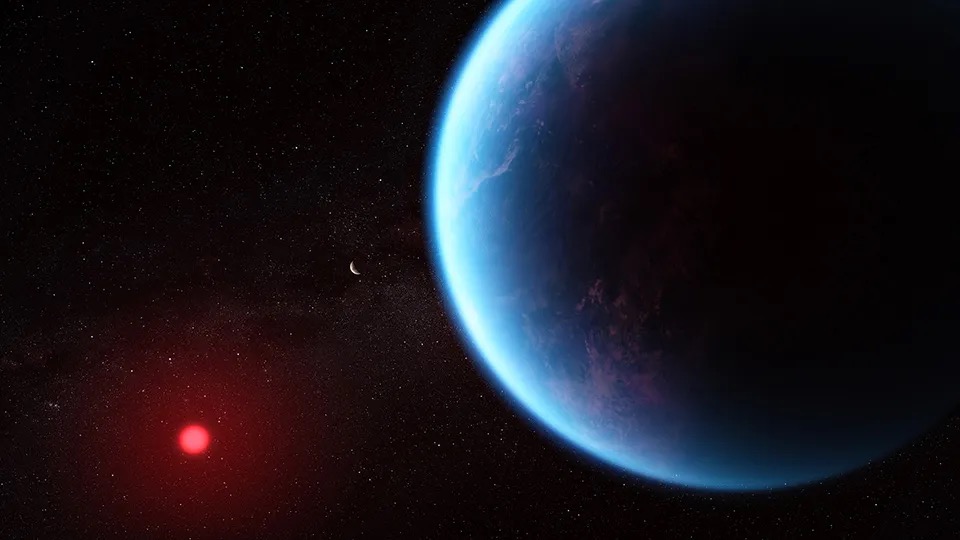
Although images draw the most attention, spectroscopy plays a huge role in JWST’s explorations. It allows astronomers to determine the redshift, and thus distance, of faraway galaxies, and to analyze the chemical composition of astronomical objects. Nowhere is this more important than in the study of exoplanet atmospheres, where JWST’s infrared capabilities allow it to detect molecules invisible in optical light. Among its many discoveries, JWST has found methane, carbon dioxide, and dimethyl sulfide in K2-18 b, a rocky world in its star’s habitable zone, hinting that it could harbor a water ocean on its surface.
Rings around the Ring Nebula
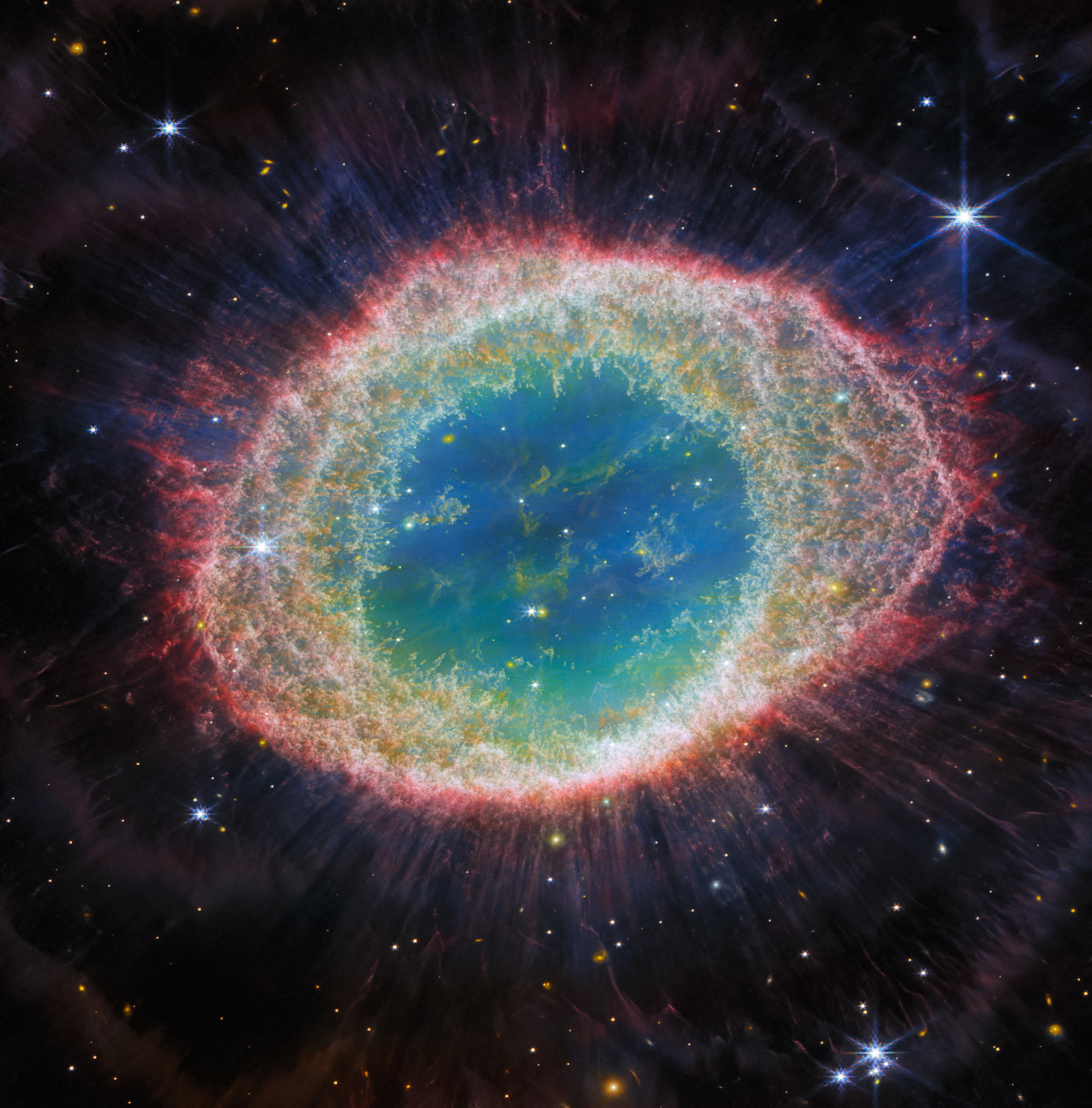
The Ring Nebula (M57) in Lyra ranks among the sky’s most beautiful planetary nebulae, the end state of Sun-like stars. JWST has revealed intricate details in the ring itself, which comprises some 20,000 clumps of molecular hydrogen. But what really sets M57 apart in JWST’s images is a series of 10 concentric arcs beyond the main ring’s outer edge. Astronomers think the arcs first formed near the dying star when ejected gas interacted with a low-mass companion that orbits at a distance about that between the Sun and Pluto.
Diving into protoplanetary disks
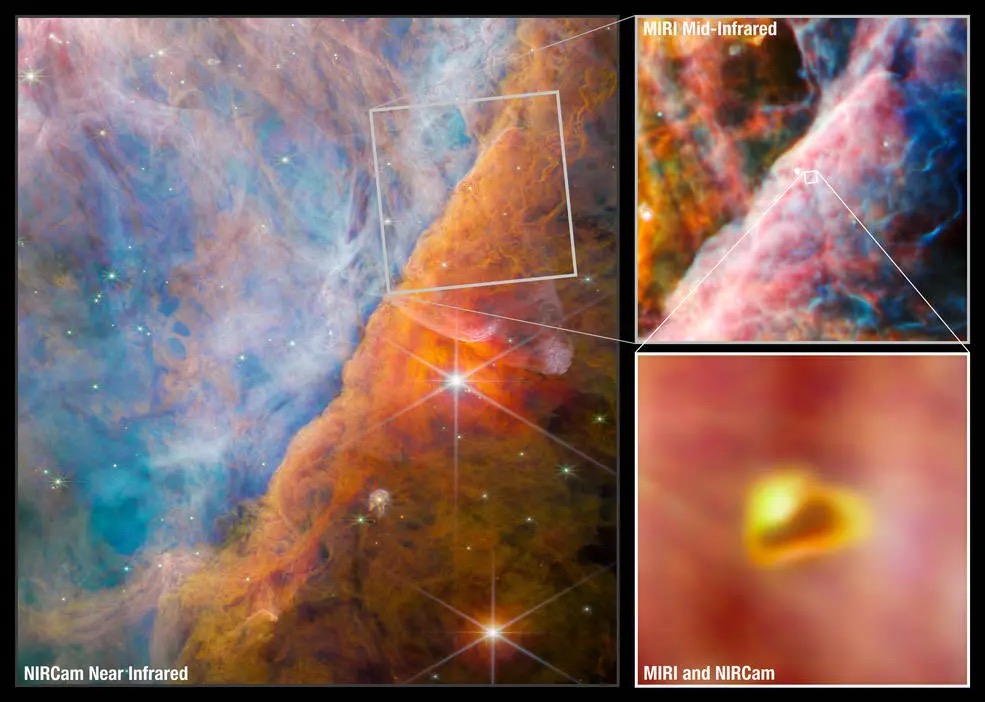
Planets form in dusty, gaseous disks surrounding young stars. JWST observations not only have provided unprecedented detail in these protoplanetary disks but also tantalizing clues of precursors to life. Around the nearby star Fomalhaut, the telescope found three nested belts of warm dust, suggesting that planets shaped the disk. The observatory also detected water vapor in the inner disk surrounding PDS 70, showing that any terrestrial planets forming there would have access to water. And in the protoplanetary disk surrounding the young star d203-506 in the Orion Nebula, JWST discovered the methyl cation, a molecule that likely plays a key role in interstellar organic chemistry and the genesis of life.

